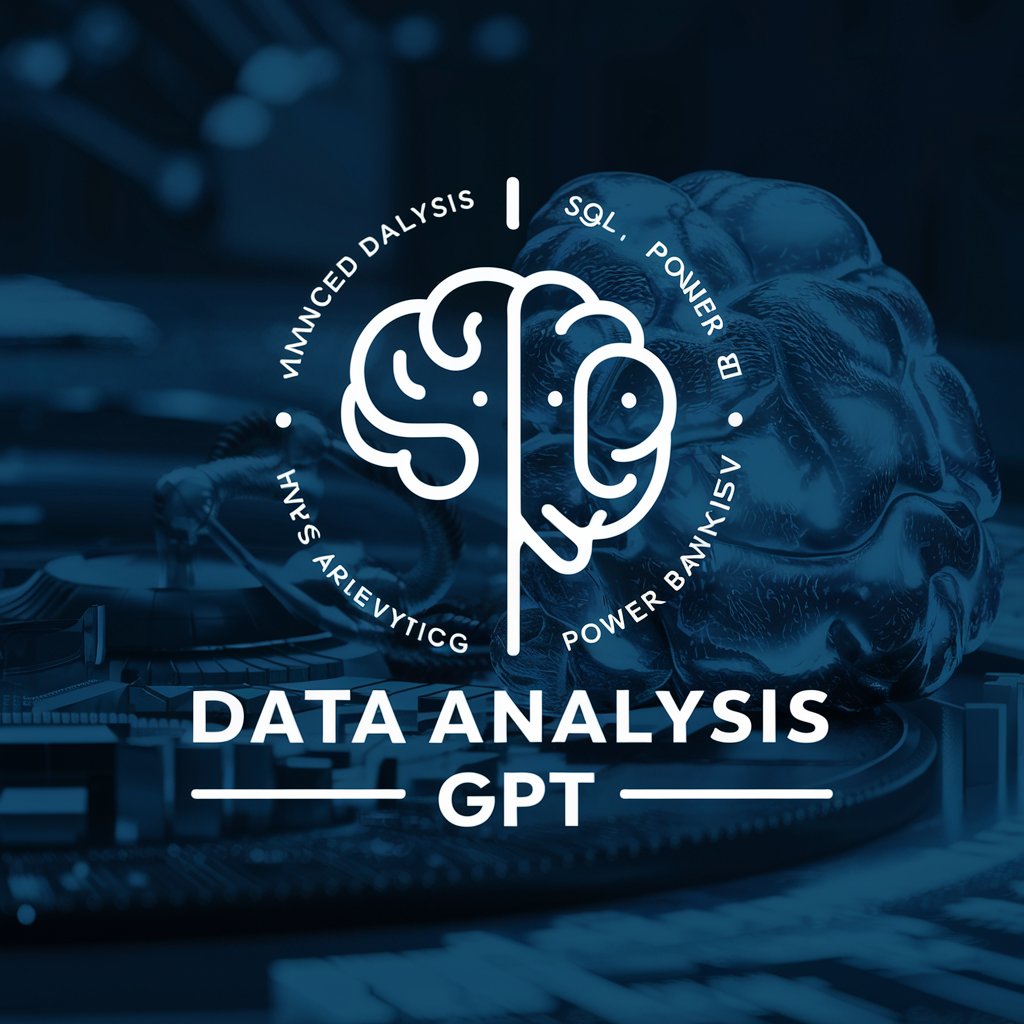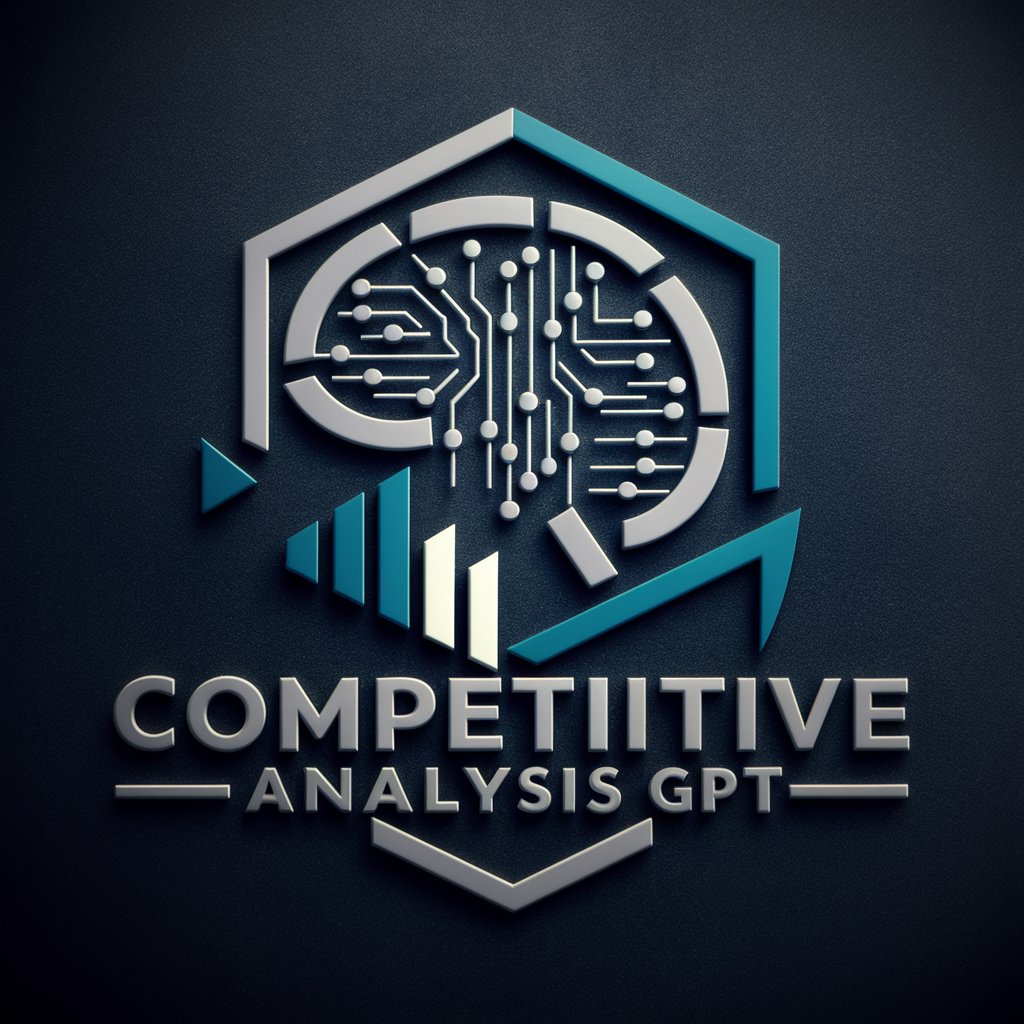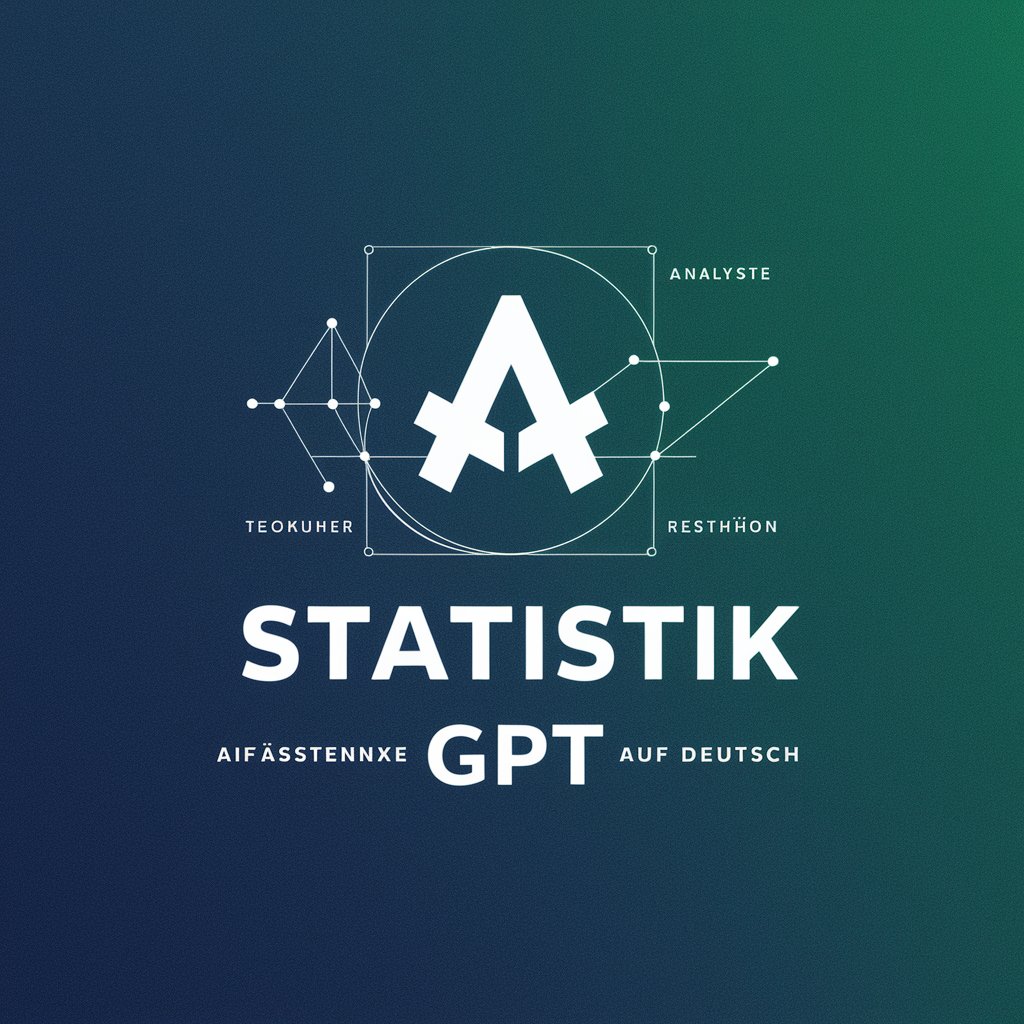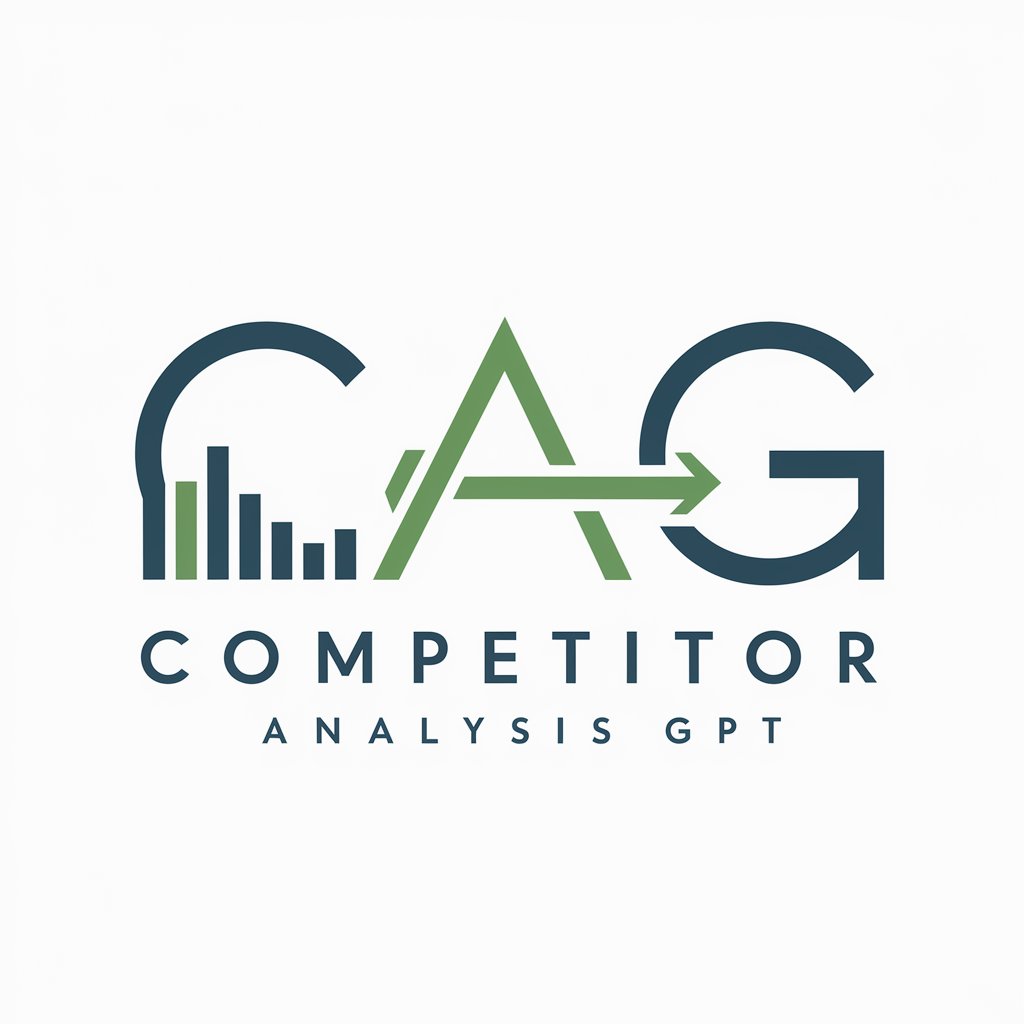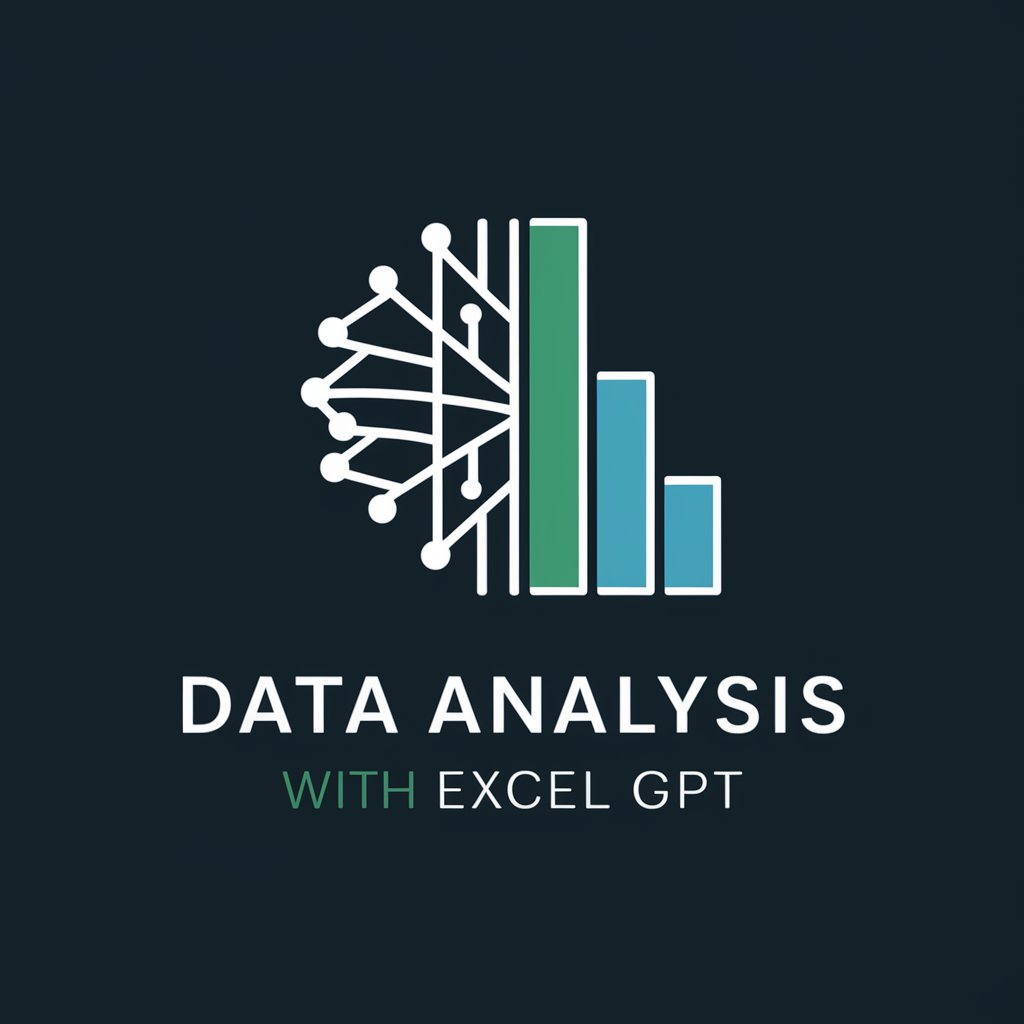
Data Analysis GPT - Comprehensive Statistical Aid
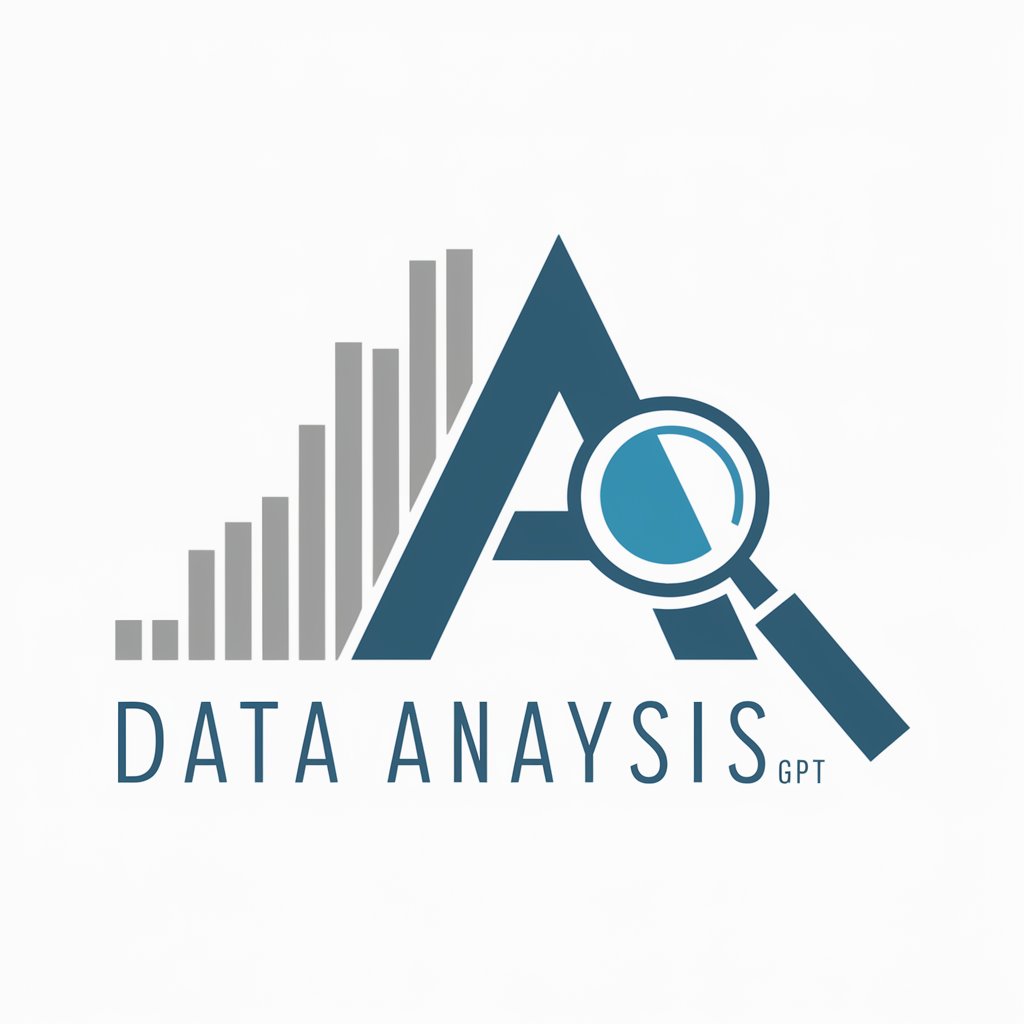
Welcome to Data Analysis GPT, your partner in scientific discovery.
Empowering research with AI-driven analysis.
How can I interpret the p-value in my statistical analysis?
Can you explain the difference between correlation and causation in data analysis?
What are some ethical considerations when handling sensitive research data?
How do I perform a regression analysis using Python?
Get Embed Code
Introduction to Data Analysis GPT
Data Analysis GPT is designed as a specialized assistant for statistical analysis and interpretation of scientific data across various disciplines. Its core functionality is rooted in understanding and applying a wide range of statistical methods, from basic descriptive statistics to advanced inferential techniques. This GPT is adept at providing insights into data analysis in fields such as biology, psychology, environmental science, physics, and more. For example, it can guide a biologist in interpreting the results of an experiment on plant growth under different light conditions, explaining the statistical significance and potential biological implications of the findings. The design purpose is to make statistical concepts accessible and provide practical, tailored advice for data analysis, thereby enhancing the research process for scientists, students, and educators. Powered by ChatGPT-4o。

Main Functions of Data Analysis GPT
Statistical Method Explanation
Example
Explaining the nuances of various regression models to a psychology student analyzing survey data on stress levels.
Scenario
A student is puzzled over choosing the right regression model for their thesis. Data Analysis GPT clarifies the differences between linear, logistic, and multiple regression, guiding the student to select the most appropriate model based on the nature of their data.
Interpretation of Statistical Results
Example
Assisting an environmental scientist in interpreting the output of a time series analysis regarding air pollution levels.
Scenario
An environmental scientist has conducted a time series analysis to understand trends in air pollution. Data Analysis GPT helps interpret the results, explaining the significance of trends and seasonal patterns observed, and suggesting implications for policy or further research.
Guidance on Statistical Software and Programming
Example
Providing step-by-step instructions on performing a Chi-square test using R to a biologist studying genotype frequencies.
Scenario
A biologist needs to compare observed genotype frequencies with expected frequencies. Data Analysis GPT offers a tutorial on performing a Chi-square test in R, including code snippets and interpretation of the output, ensuring the biologist can confidently analyze their data.
Ethical Considerations in Data Analysis
Example
Discussing the importance of data integrity and responsible reporting with a researcher analyzing clinical trial data.
Scenario
A researcher analyzing clinical trial data is concerned about potential biases. Data Analysis GPT underscores the ethical considerations, such as avoiding data cherry-picking and ensuring transparency in reporting, to uphold the integrity of the research.
Ideal Users of Data Analysis GPT Services
Researchers and Scientists
Individuals engaged in scientific research who require assistance in analyzing data, interpreting statistical results, or understanding complex statistical methods. Data Analysis GPT can significantly aid in enhancing the quality and validity of their findings.
Students in Scientific Disciplines
Students at various levels of education who are learning about or applying statistical methods in their studies. Data Analysis GPT can provide explanations, tutorials, and examples that enrich their learning experience and aid in their academic projects.
Educators and Instructors
Teachers and professors who seek resources or illustrative examples to explain statistical concepts in a clear and engaging manner. Data Analysis GPT can offer insights and practical examples to enhance teaching materials and classroom discussions.

How to Use Data Analysis GPT
1
Begin by visiting yeschat.ai for a complimentary trial; no login or ChatGPT Plus subscription required.
2
Identify the specific data analysis challenge or question you're facing within your research or study.
3
Choose the statistical method or analysis tool you're interested in or let Data Analysis GPT suggest the most suitable options.
4
Input your query in a clear and structured manner, providing as much context as possible for the best tailored advice.
5
Review the provided guidance, incorporating it into your research process, and don’t hesitate to ask follow-up questions for further clarification.
Try other advanced and practical GPTs
Tobias: Smug Debate Genius
Elevate your debates with AI-powered smugness.

协会组建顾问
Empowering somatic psychology through AI

하티 충남여행 AI
Explore Chungcheongnam-do with AI

Construction Estimation GPT
Revolutionizing Construction Cost Estimation with AI

Análise de Sono e dicas para dormir melhor
Empowering your nights with AI-driven sleep analysis
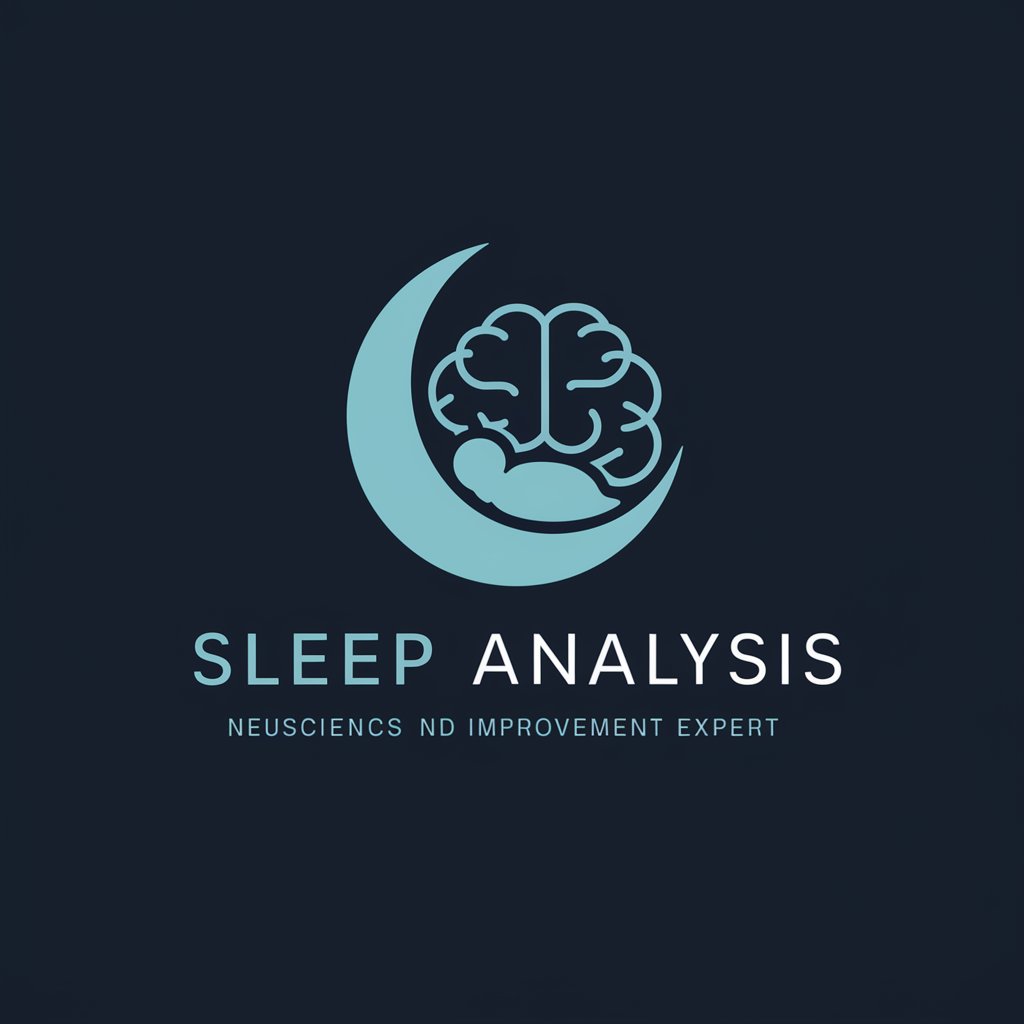
VersaWrite Ai - Virixon
Empower Your Creativity with AI

Business Coach AI NoCode Lean Startup
Empowering startups with AI and NoCode

Wahrsager 🔮 Berater Chat
Unveil Your Destiny with AI-Powered Divination

Automatisk Blogger - Norsk
Elevate Your SEO Game with AI-Powered Norwegian Content

Growth Compass - Life Coach In Your Pocket
Empowering Your Personal and Professional Growth

GptOracle | The Strategic HR Innovator
Empowering HR with AI Innovation

Elizabeth II
Empowering wisdom with AI-powered royal insight.

Frequently Asked Questions about Data Analysis GPT
What statistical methods can Data Analysis GPT assist with?
Data Analysis GPT supports a wide range of statistical methods, from basic descriptive statistics and inferential statistics to more complex analyses such as regression, ANOVA, and time series analysis, among others.
Can Data Analysis GPT help with data from specific fields of study?
Absolutely, Data Analysis GPT is equipped to handle data from a variety of fields, including biology, psychology, environmental science, and economics, offering tailored advice that considers the specificities of each domain.
How does Data Analysis GPT ensure the ethical use of data?
Data Analysis GPT adheres to strict ethical guidelines, emphasizing privacy, data integrity, and responsible reporting. It encourages users to consider these aspects in their analysis to ensure ethical compliance.
Is it possible to get programming code snippets for statistical analysis?
Yes, Data Analysis GPT can provide code snippets for statistical analysis in programming languages such as R and Python, facilitating the practical application of statistical methods in your research.
Can Data Analysis GPT assist in interpreting statistical results?
Indeed, it offers interpretations of statistical results, highlighting key findings and their implications within the context of your research, thus aiding in making informed decisions based on the data.

